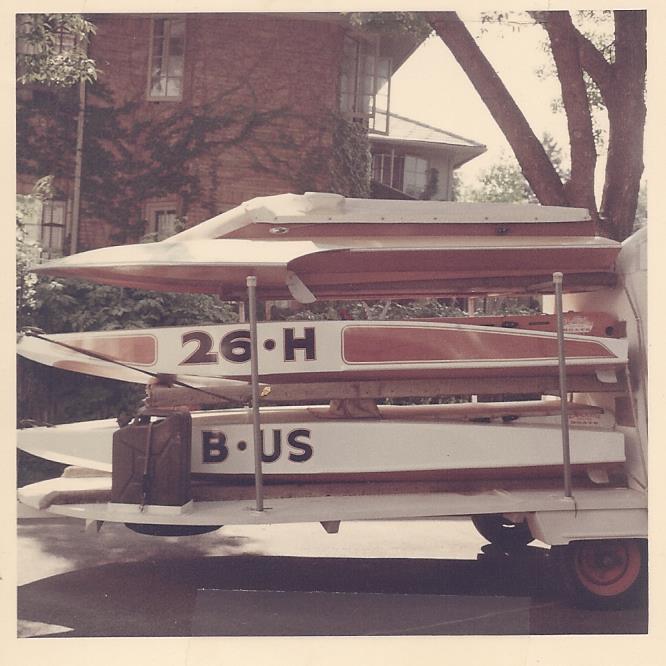Home › Forums › Engines, Steering & Props › Engine mounting
- This topic has 8 replies, 4 voices, and was last updated 6 years, 2 months ago by
Ben Roper.
-
AuthorPosts
-
July 23, 2018 at 12:58 pm #10355
John Sanguinetti
Memberat Kent Island this weekend someone told me about a source for a metal bracket to be mounted at the bottom of the transom that the engine could engage to take strain off the upper part of the transom. I can’t remember what that source is. I think it was someone who would make a custom bracket depending on your engine and the lower unit shape. My engine is a 1968 Johnson 6hp. Can anyone help? Thanks.
July 24, 2018 at 5:15 pm #10356 Sam WearlyMember
Sam WearlyMemberJohn, I think what you are wanting is a thrust socket. They can be purchased from Brown Tool & Machine, their website is btmco.com.
July 24, 2018 at 5:45 pm #10357John Sanguinetti
MemberThanks Sam. That is the source that someone mentioned to me.
Is there any consensus on what the engine angle should be? I’m using a 1968 Johnson 6hp engine that has a pretty substantial distance between the lower unit and the transom.
July 25, 2018 at 9:35 am #10358 Sam WearlyMember
Sam WearlyMemberA lot comes into play as to motor angle, your weight, how flat the bottom of your boat is and the angle of the wedge you put on the transom. I would start with the plane of the ant-cavitation plate even with the bottom of the boat and work on it from there to get the best speed and performance.
July 26, 2018 at 12:38 am #10359 RickKeymaster
RickKeymasterSam,
I agree with your advice about starting the motor setup with the height. I am working on my setup now and I tried to get the bottom of the cavitation plate parallel with the bottom of the boat. I had a 7/8” block at the top of the transom and the cavitation plate still needed to come up another 3/4”. I had a 7 degree wedge and still need another 3 degrees to make 90 and that will make it need even more transom height.
I read that the maximum transom height is 15 3/4” and anything fixed to the transom must be included in that measurement. How is it possible to set this up correctly?
July 26, 2018 at 9:28 am #10360 Sam WearlyMember
Sam WearlyMemberRick –
I wasn’t referring the the height of the motor, I was referring to the angle of the motor with respect the bottom of the boat. From what I have seen these boats don’t like a lot of positive trim so I recommend starting with the motor level and try changing it to the positive and negative to find where you get the best performance and speed.
You are correct the transom height is limited. You can’t jack your motor up to get the prop to beak the surface of the water like in most outboard racing. So basically you are limited to trim angle as far as adjustments are concerned.
July 26, 2018 at 10:06 am #10361 RickKeymaster
RickKeymasterSam,
Sorry, perhaps I should have started a different post for the engine height issue. I think that I will be able to get the motor level with a little more block angle. My issue, however is that it appears that my cavitation plate will end up about 1 5/8″ below the bottom of the boat, far below what is accepted for general setup guidelines.
July 26, 2018 at 10:14 am #10362 Sam WearlyMember
Sam WearlyMemberI don’t think it will end up quite that low but it is something that everyone has to deal with. Remember this boat was designed in the 30’s. Save all of the wedges you have made, your boat may require a little negative trim to perform properly. Just set it up and start testing that is all you can do.
March 24, 2019 at 9:56 am #10921Ben Roper
ParticipantDo you all put on a transom protector or something? Like a rubber matt? Or do you just let the finish on the transom get worn? Would a matt or cover help with vibration?
Thanks,
Ben
-
AuthorPosts
- You must be logged in to reply to this topic.
